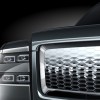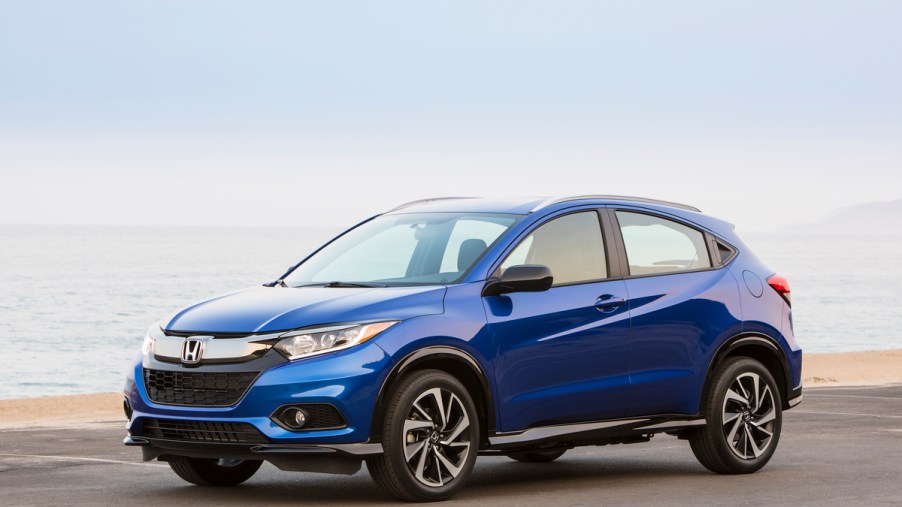
2020 Mazda CX-30 vs 2020 Honda HR-V: Which Compact Crossover is a Better Value?
The burgeoning subcompact SUV market has had some stiff competition over the years and it’s only getting stiffer. The lengthy roster of this category includes cars like the Nissan Kicks, Ford Ecosport, Toyota C-hr, and Jeep Renegade, to name a few. Two very likely competitors, however, are the 2020 Honda HR-V and 2020 Mazda CX-30. With the former being a refreshed veteran and the latter being a newcomer to the segment, we thought it would be a good time to compare the two and give any prospective buyers some insight into these two heavy contenders.
2020 Honda HR-V
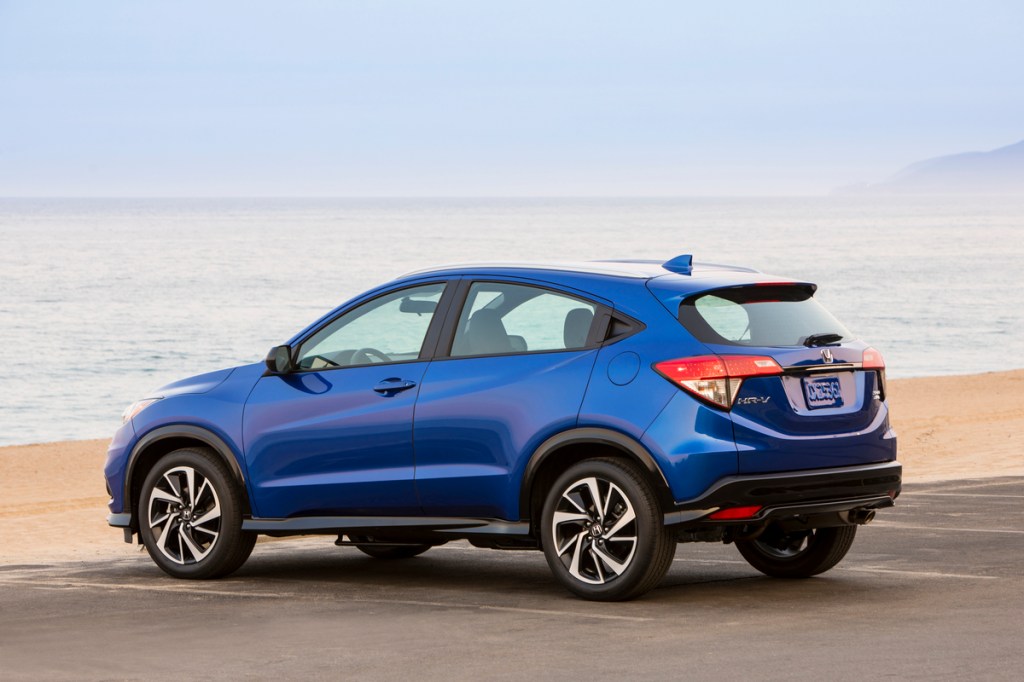
The Honda HR-V was introduced in 2016 and refreshed in 2019, in which it was given a facelift and a couple of new trim levels. For 2020, the HR-V is now available in five different trims: LX, Sport, EX, EX-L, and Touring. The Sport trim added last year and includes blacked-out trim and sport 18-inch wheels, while the new, range-topping Touring trim adds full LED headlights, an 8-way power driver seat, double-stitched leather seating surfaces, and exclusive 17-inch wheels.
Convenient tech features like Android Auto and Apple Carplay are available, however, they are offered on the Sport trim level and above with the 7-inch touchscreen. For anyone needing more grip, all-wheel drive is available on all trims and standard on the Touring trim. Honda’s Real Time all-wheel-drive system mainly operates the front wheels until the system detects any slippage, then the rear wheels kick in to provide extra traction.
Honda’s Honda Sensing suite of driver-assist technologies is also now available, but you have to opt for the EX trim or above. Overall, the HR-V provides a lot of practicality as it offers a large amount of cargo volume, enough space for five adults, and a second-row Magic Seat, which flips and folds to accommodate cargo of all sizes. Under the hood, the HR-V has a 1.8-liter, four-cylinder engine (141 hp, 128 lb-ft of torque) that is mated to a CVT automatic transmission.
2020 Mazda CX-30
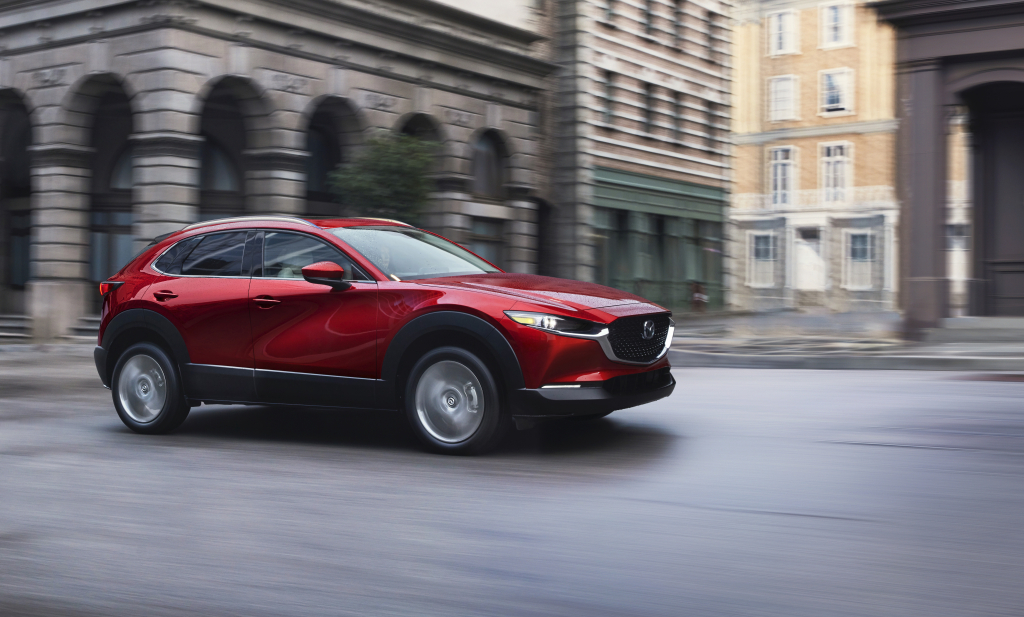
The Mazda CX-30 is a five-seat crossover that’s new to the Mazda line up. It slots in between the Mazda CX-3 and CX-5 to provide a little more room for occupants and a little more cargo utility. The CX-30 was designed with the brand’s “Kodo design language” and well-crafted interior, giving it an extra luxurious feel. It comes in four different trim levels: base, Select, Preferred, and Premium and is available with all-wheel drive in every trim.
The CX-30 is available with some notable safety features including blind-spot indicators with rear-cross traffic alert, adaptive cruise control, lane departure warning, and emergency braking with pedestrian detection. We like that these safety features are standard, however, for the tech features, it’s a different story. Android Auto and Apple Carplay are available, however, you have to step to the Select trim level for them. Under the hood, the CX-30 comes with one engine and transmission option: a 2.5-liter engine (186 hp, 186 lb-ft of torque) mated to a six-speed automatic transmission.
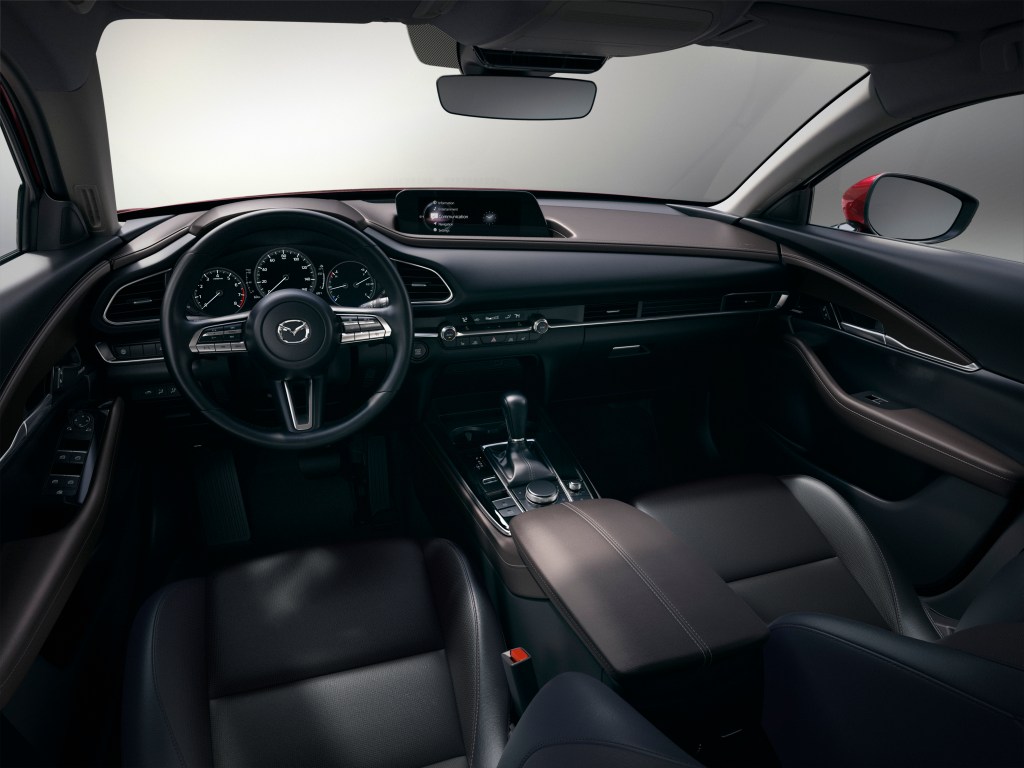
How do they stack up?
Now that we’ve highlighted some of the main/new features, we’ll look at how both cars stack up against each other. Driving dynamics aside, they both provide a good amount of cargo and passenger space, return good fuel economy numbers and each has their own sense of design personality to bring to the segment.
Getting down to the nitty-gritty, we like the styling of the CX-30 over the HR-V, however, according to Kelley Blue Book, the HR-V does have better overall visibility with its design. Also, the Magic Seat in the HR-V is a handy feature to have, although, some owners might never use it. Having standard driver’s assist features in the CX-30 is an advantage, as you have to spend a few grand more for the HR-V EX to get Honda Sensing.
Pricing wise, both cars start at around $21,000 for their base trim levels and top out around $29,000 for the highest trim level. They both come with a 3-year/36,000-mile basic and 5-year/60,000-mile powertrain warranty. It’s a close call, but ultimately, with all things being equal, we would suggest the 2020 Honda HR-V to any buyers in this segment, more specifically the EX or above trim level, due to its renowned reliability as well as its spacious and versatile cargo capability.


